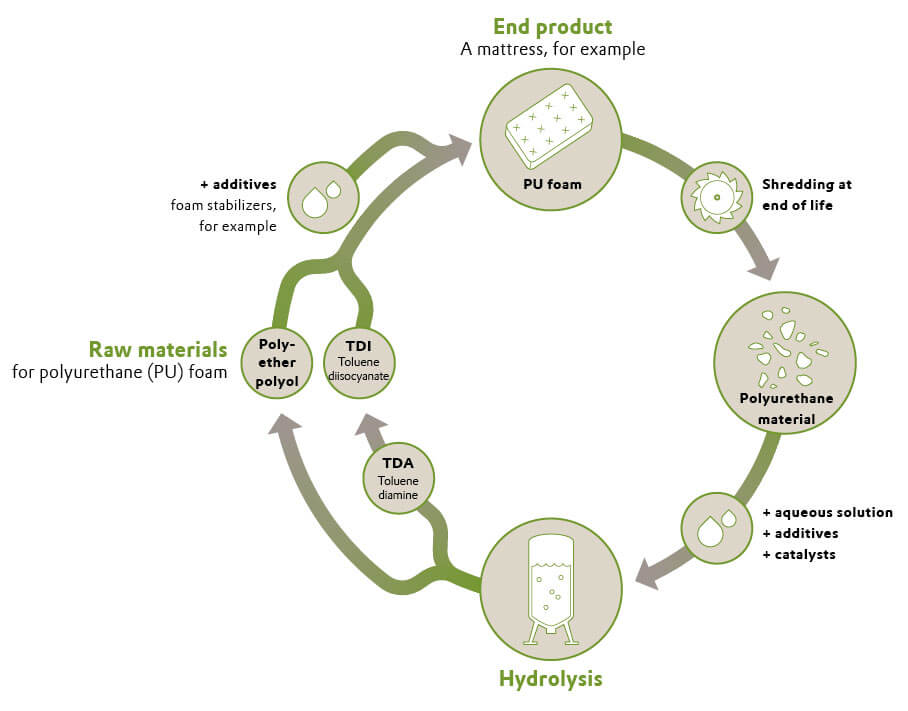
Foresight
Waste plastic as a sustainable resource
Old sportswear as material for new sneakers: Plastic waste can be reused in a sustainable way.

Recycling
The plastic cycle
On the path to achieving a true circular economy: Evonik is working on innovative processes in order to reduce plastic waste.

The circular economy
Plastic recycling: Facts and figures
A sustainable cycle: The recycling of plastic requires innovative technologies. An overview.

Foresight
A material that promotes recycling
From sustainable sports shoes to the circular economy of toothbrushes: Björn Theis talks about the potential of monomaterials.






